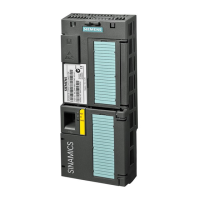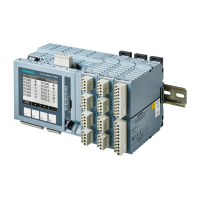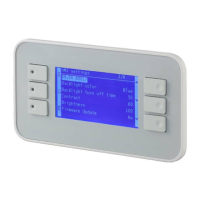Commissioning
4.2 Commissioning with BOP-2 operator panel
CU240B-2 and CU240E-2 Control Units
Compact Operating Instructions, 01/2017, A5E39910322B AA
21
When selecting an application class, the inverter assigns the appropriate default settings to
the motor control:
●
Standard Drive Control (Page 22)
● Dynamic Drive Control (Page 24)
● EXPERT: This procedure is described in the operating instructions.
●
Overview of the manuals (Page 33)
Selecting a suitable application class
When selecting an application class, the inverter assigns the appropriate settings to the
motor control.
• Typical settling time after a speed change:
100 ms … 200 ms
• Typical settling time
after a sudden load
change: 500 ms
• Standard Drive
Control is suitable
for the following re-
quirements:
– Motor power
ratings < 45 kW
– Ramp-up time
0 → Rated speed (dependent on the rated
motor power): 1 s (0.1 kW) … 10 s (45 kW)
– Applications with constant load torque
without load surges
• Standard Drive Control is insensitive to inaccu-
rate motor data settings
• Typical settling time after a speed change:
< 100 ms
• Typical settling time
after a sudden load
change: 200 ms
• Dynamic Drive Con-
trol controls and lim-
its the motor torque
• Torque accuracy
that can be
achieved: ± 5 % for
15 % … 100 % of
the rated speed
• We recommend Dynamic Drive Control for the
following applications:
– Motor power ratings > 11 kW
– For load surges of 10 % … >100 % of the
rated motor torque
• Dynamic Drive Control is necessary for a
ramp-up time 0 → rated speed (dependent on
the rated motor power):
< 1 s (0.1 kW) … < 10 s (132 kW).
• Pumps, fans, and compressors with flow char-
acteristic
• Wet or dry blasting technology
• Mills, mixers, kneaders, crushers, agitators
• Horizontal conveyor technology (conveyor
belts, roller conveyors, chain conveyors)
• Basic spindles
• Pumps and compressors with displacement
machines
• Rotary furnaces
• Extruder
• Centrifuge
Motors that can
be operated
Induction motors Induction and synchronous motors

